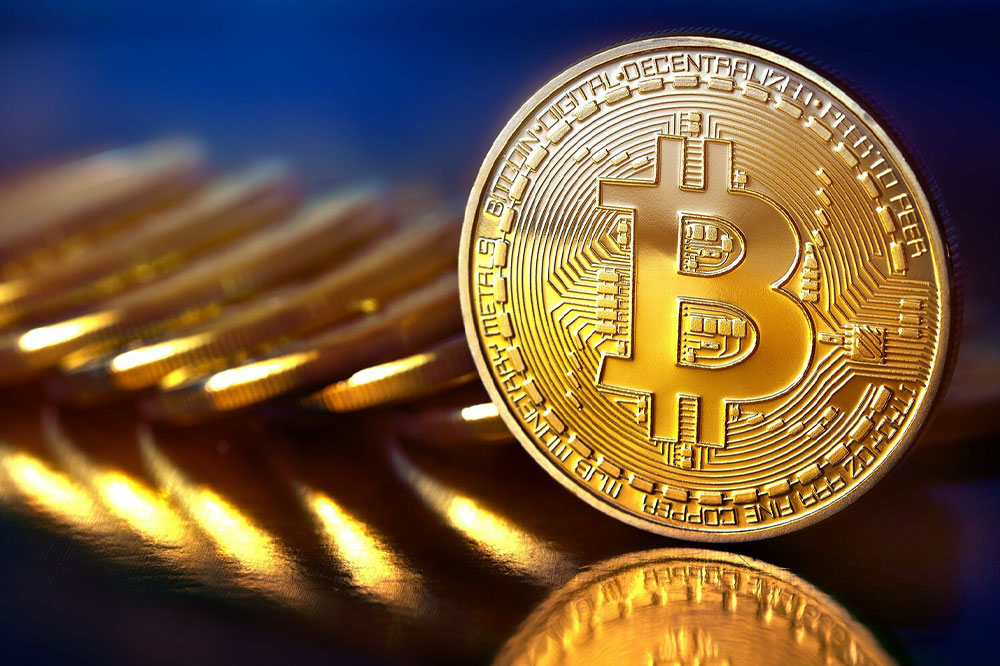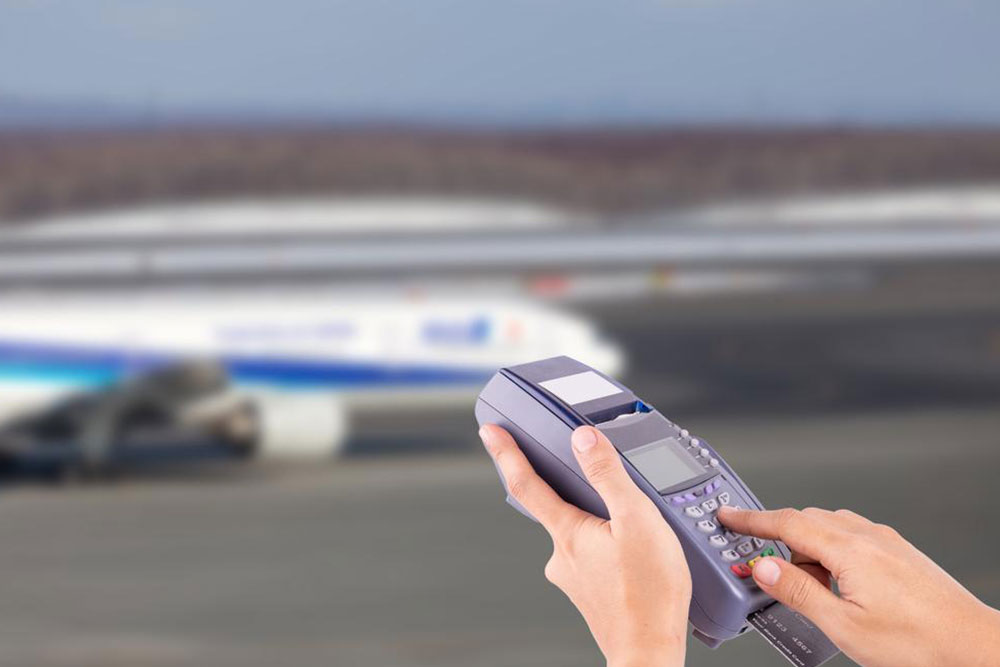The Evolution and Future of Global Digital Payment Systems
Explore the comprehensive evolution of global digital payment systems, from traditional methods to innovative blockchain solutions, highlighting technological advancements, regulatory frameworks, and future trends that are shaping international financial transactions worldwide.

The Evolution and Advancement of Global Digital Payment Technologies
Over recent decades, the landscape of financial transactions has undergone a profound transformation. From traditional brick-and-mortar banking to sophisticated online international payment platforms, the world has witnessed a dramatic shift towards faster, more efficient, and more secure methods of transferring money across borders. As globalization accelerates, the demand for seamless cross-border payments has surged, prompting financial institutions, technology providers, and regulators to innovate continuously.
This evolution has been driven by the need to support international commerce, facilitate expatriate remittances, enable overseas investments, and streamline the procurement of raw materials and goods on a global scale. The transition from manual, paper-based processes to digital systems has dramatically reduced costs, improved transaction times, and opened new avenues for economic growth. However, these advancements also bring new challenges such as security risks, regulatory compliance, and technological disparities across regions.
Modern digital payment infrastructures are designed to handle complex international transactions with ease. The development of global standards, like the International Payments Framework (IPF) launched in 2010, has played a significant role in unifying different systems and promoting interoperability among banks and financial institutions worldwide. This framework operates under international standards such as ISO 20022, ensuring that systems communicate effectively and transactions are processed swiftly and securely.
In the realm of international payments, digital solutions encompass a variety of methods including electronic bank transfers, credit and debit card transactions, digital wallets, and emerging blockchain-based currencies. These technologies facilitate the quick transfer of funds, often replacing traditional methods like checks and wire transfers, with enhanced security features and reduced processing costs. Additionally, the integration of secure online gateways, encryption protocols, and compliance with international financial regulations ensures transaction safety and data privacy.
The advent of virtual currencies and decentralized finance (DeFi) platforms signals a potential revolution in cross-border payments. According to industry reports and surveys such as PwC’s 2015 study, the integration of blockchain technology and innovation in payment networks present opportunities to drastically reduce transaction times—from days to nanoseconds—as well as lower costs. Nevertheless, these innovations also pose significant security challenges, as cyber threats, data breaches, and regulatory uncertainties remain ongoing concerns for industry stakeholders.
Current international payment systems involve multiple banking intermediaries, each charging fees—sometimes reaching 4-5% per transaction—thus increasing costs for consumers and businesses alike. High transaction costs, delays, and security vulnerabilities have historically hindered the efficiency of global financial flows. To address these issues, financial institutions are increasingly adopting advanced payment gateways and implementing standardized protocols that promote interoperability and compliance with legal frameworks across jurisdictions.
Demographic and economic shifts have further amplified the importance of digital payments. The increasing prevalence of cross-border employment, international investments, and global trade underscores the necessity for efficient, reliable, and user-friendly payment systems. For example, the rise of remote work has led to more expatriates sending remittances back to their home countries, creating a continuously growing volume of international financial flows that demand sophisticated digital solutions.
Technological innovations aim not only to improve efficiency but also to enhance user experience. The proliferation of mobile payment apps, contactless transactions, and biometric authentication has simplified how consumers and businesses conduct international payments. As of recent industry surveys, including the North America Digital Payments Survey (2016), approximately 67% of consumers were already engaging in digital payment methods, a number expected to rise significantly in the coming years.
Furthermore, regulatory bodies worldwide are evolving frameworks to safeguard users while fostering innovation. Governments, central banks, and international organizations are working collaboratively to develop standards that facilitate safe and compliant cross-border transactions. These efforts include the adoption of Anti-Money Laundering (AML) protocols, Know Your Customer (KYC) regulations, and international cooperation on cybersecurity standards.
Looking ahead, the future of global digital payment systems is poised for continued innovation. Emerging technologies such as blockchain, artificial intelligence (AI), and machine learning will further enhance transaction speed, security, and transparency. The deployment of central bank digital currencies (CBDCs) may also revolutionize traditional monetary systems by providing governments with more direct control over cross-border payments and financial inclusion.
In conclusion, the journey of global digital payment systems reflects a dynamic interplay between technological advancement, regulatory evolution, and market demand. As globalization persists and digital solutions become more sophisticated, international monetary flows will become more efficient, secure, and accessible—ultimately fostering inclusive economic growth worldwide.
Global digital payment evolution
Cross-border financial transactions
International payment standards
Financial technology (FinTech)
Blockchain and virtual currencies





